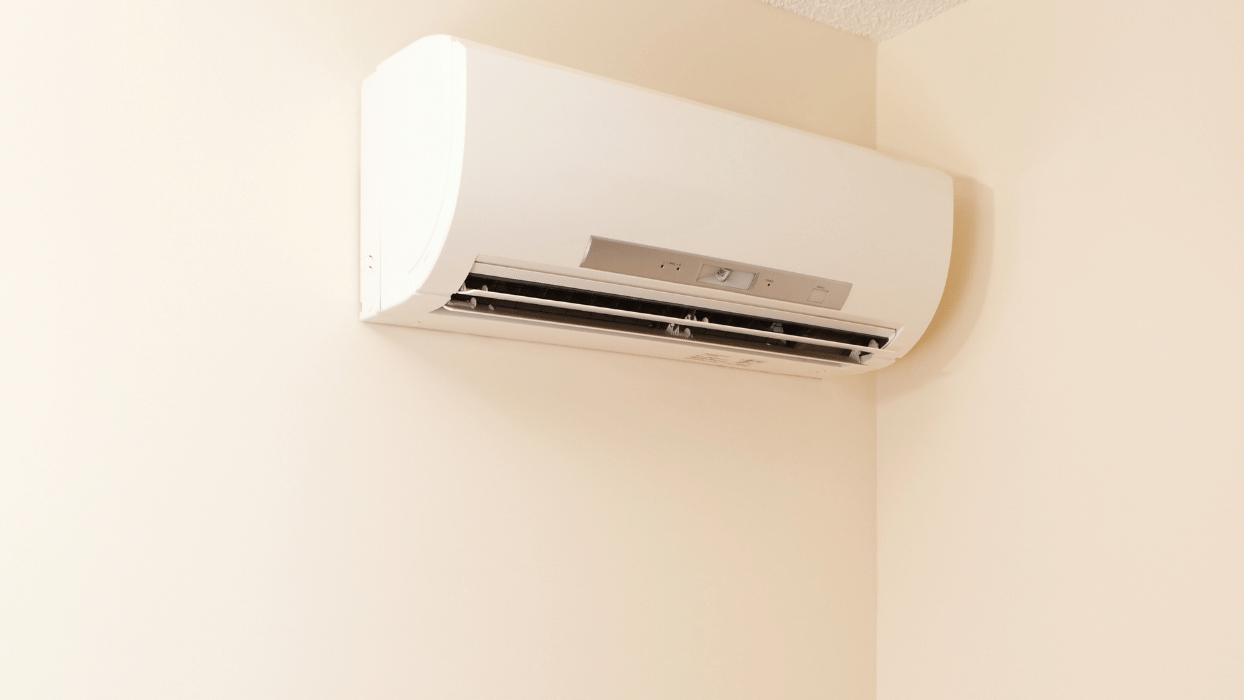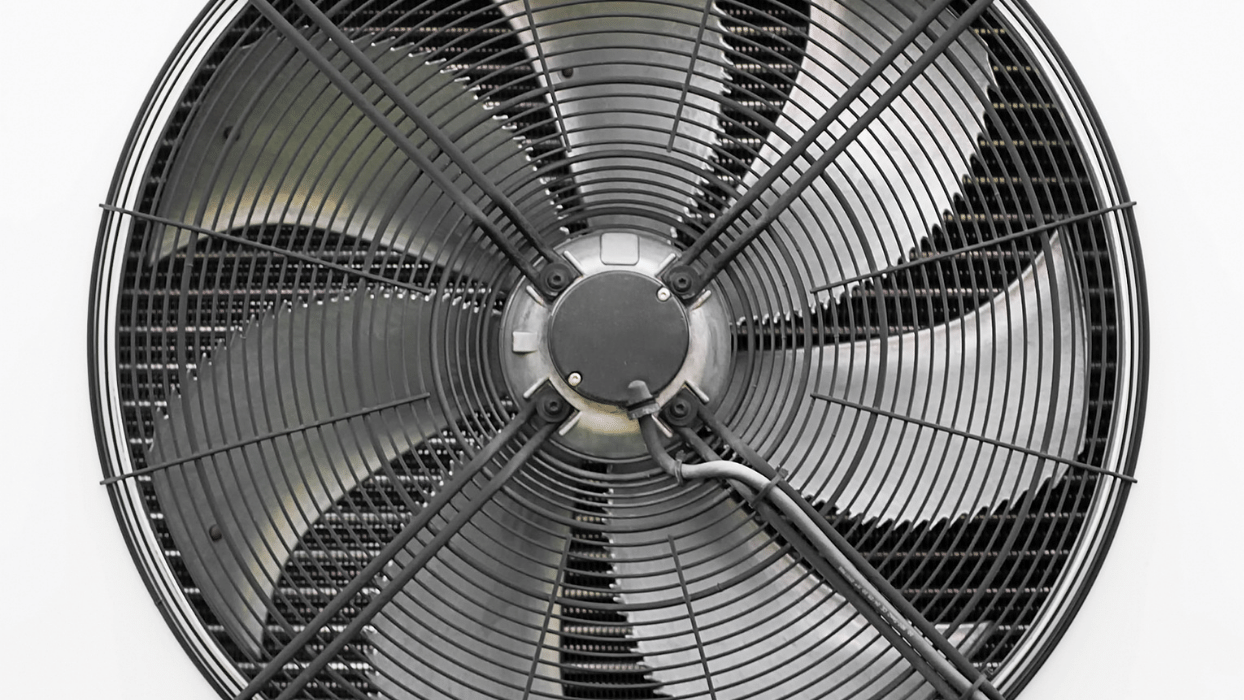As a clean and efficient source of heating, air source and ground source heat pumps have both become popular in new buildings. But what similarities do they share, and what are the differences?
Both of these heat pumps pull heat from the air or earth to provide an efficient, renewable system of heating your home and hot water. As their names suggest, air source systems draw warmth from the air, while ground source systems draw warmth from the ground.
But despite their similarities, these two kinds of heat pumps have very different setups and requirements. In addition, the two technologies’ features differ greatly in a number of ways, including operating costs, efficiency, and income generated from government schemes. As we’ll discuss, deciding which one is best for you will depend on your budget and available space.
What is an Air Source Heat Pump?
By using a refrigerant, these systems transfer heat from the outside air to the inside of a building. They function as heat exchangers by absorbing heat in one space and releasing it in another; this means they don’t directly produce their own heat, but simply convert it. Heat pumps are similar to traditional gas boilers in that they generate heat from air.
The heat from air outside is then distributed throughout a home through a variety of means which can include hot water-filled radiators, underfloor heating, hot air, and hot water.
These air source heat pump systems can keep homes cool during the summer and warm at all times during the winter, and provide hot water to your home.
Heating is usually generated by burning fuels or converting electricity, which is why air source heat pumps are environmentally friendly in comparison. Also, they do not emit carbon dioxide or use costly fossil fuels.

What is a Ground Source Heat Pump?
With a ground-source heat pump, solar energy is extracted from low-temperature ground and water from buried pipes. This energy is compressed so that it can be used for heating in your home.
By circulating a cold fluid through pipes in the ground or in water, ground source heat pumps utilise the natural flow of heat from warmer to cooler areas. These pumps absorb energy from external heat sources, such as rock, soil, and water.
This free energy is then trapped and compressed by the ground source heat pump, and transferred to the heating and hot water system.
As the fluid recirculates back to the submerged pipework after releasing the absorbed energy from the ground, it starts the cycle anew.
How efficient are they?
Air source heat pumps
Because they are reliant on their environment, air source heat pumps differ in their efficiency based on the season and the time of day. During the night in winter, the unit will often require more electricity to operate properly, however in warmer months of the year it will be running very efficiently using low levels of electricity.
Since measuring the efficiency of air source heat pumps can be challenging, their performance is mainly based on 7°C inlet temperature, which is then adjusted to take into consideration seasonality (giving ratings for Seasonal Coefficient Of Performance).
Air Source Heat pumps have a typical COP of 3.2 (320% efficiency)– this means that for every 1kwh of energy consumed by the heat pump, 3.2kwh of heat will be generated.
Ground source heat pumps
It is possible for the ground to remain between 10 and 12°C all year round, so the soil is normally warmer than the air during winter.
This type of heat pump uses the energy of the earth to heat the air and water, so there is less spike in electricity consumption at various times of day/months of the year.
Upfront price & running costs

Air source
Heat pumps that utilise air are typically less expensive to install than heat pumps that use ground, as they require only the unit itself. Ground source units require ground arrays and groundwork as well to implement them, which will raise the overall costs.
On the other hand, ground-source heat pumps are often less expensive to operate in terms of electricity costs. However, this isn’t always the case as it will depend on your property and environment.
Furthermore, air source heat pumps do not work well with time-of-use electricity tariffs – electricity rates that automatically adjust to reflect the amount of electricity demand on the power grid. By avoiding running appliances during peak times, these innovative tariffs enable users to maximise their savings.
In the case of air sources, the air temperature is usually significantly cooler at 2 am – when power tariffs are cheapest – than it is at 2 pm. This means that the air source system will operate at its lowest efficiency during the cheapest times of day.
In the meantime, a ground source heat pump’s efficiency does not change with the prevailing air temperature.
Installation & planning permission
Air source
In contrast to ground source heat pumps, an air source heat pump does not require any underground piping or boreholes to provide heating.
Air source heat pumps are normally quick and easy to install and are suitable for retrofits and new builds. With retrofits there may be a need for updating the pipe work and radiators/under floor heating system so often works well if combined with other building works to reduce the cost of installation.
A domestic Air Source Heat pump typically doesn’t require planning permission, however because they can emit noise and require an outdoor unit to be installed, it is always recommended to check with your local authority before work is carried out.
Ground source
Ground source heat pumps are less visually obtrusive and generally do not require planning permission. With the extent of digging required and upheaval to outdoors, the installation time scale can be longer than that of an air source heat pump. You will additionally need to dedicate some room inside the home for the unit.
Once the groundwork is complete, installing a ground source heat pump inside the house is no different than installing a conventional boiler, although as with an air source heat pump the property needs to be well insulated and may need to consider changing pipework and radiators/under floor heating to ensure effective output from the lower temperature heat source.
Summary: Ground Source vs Air Source
The type of heater that’s best for you will depend on what your needs and options are.
There are many advantages to choosing a heat pump that uses air. The capital cost of installing an air source heat pump is less than a ground source, especially when you including the ability to receive The Boiler Upgrade Scheme Grant, and zero VAT rating which is being introduced by the government.
Air source heat pumps are one of the easiest renewable technologies to install, especially in places where space is at a premium. This is why air source heat pumps are becoming so popular in the UK.
While they are a larger price up front, you could alternatively consider a horizontal ground source heat pump as a long term investment since, depending on your environment, they may have a higher heat efficiency, however the capital cost is significantly higher than an air source heat pump and they require significant amounts of outdoor space.
Let TEK heat your home
From our Bristol location, Total Environmental Kooling covers many areas throughout Bristol, Bath, Somerset, Gloucestershire and the South West of England. The ability to manage projects more closely and have easier access to the work site are just some of the advantages that come with working with a local company.
Please don’t hesitate to get in touch if you require high quality accredited heat pump experts. Give us a call on 01179 523355, or fill in our contact form with any queries you may have. We look forward to working with you.






